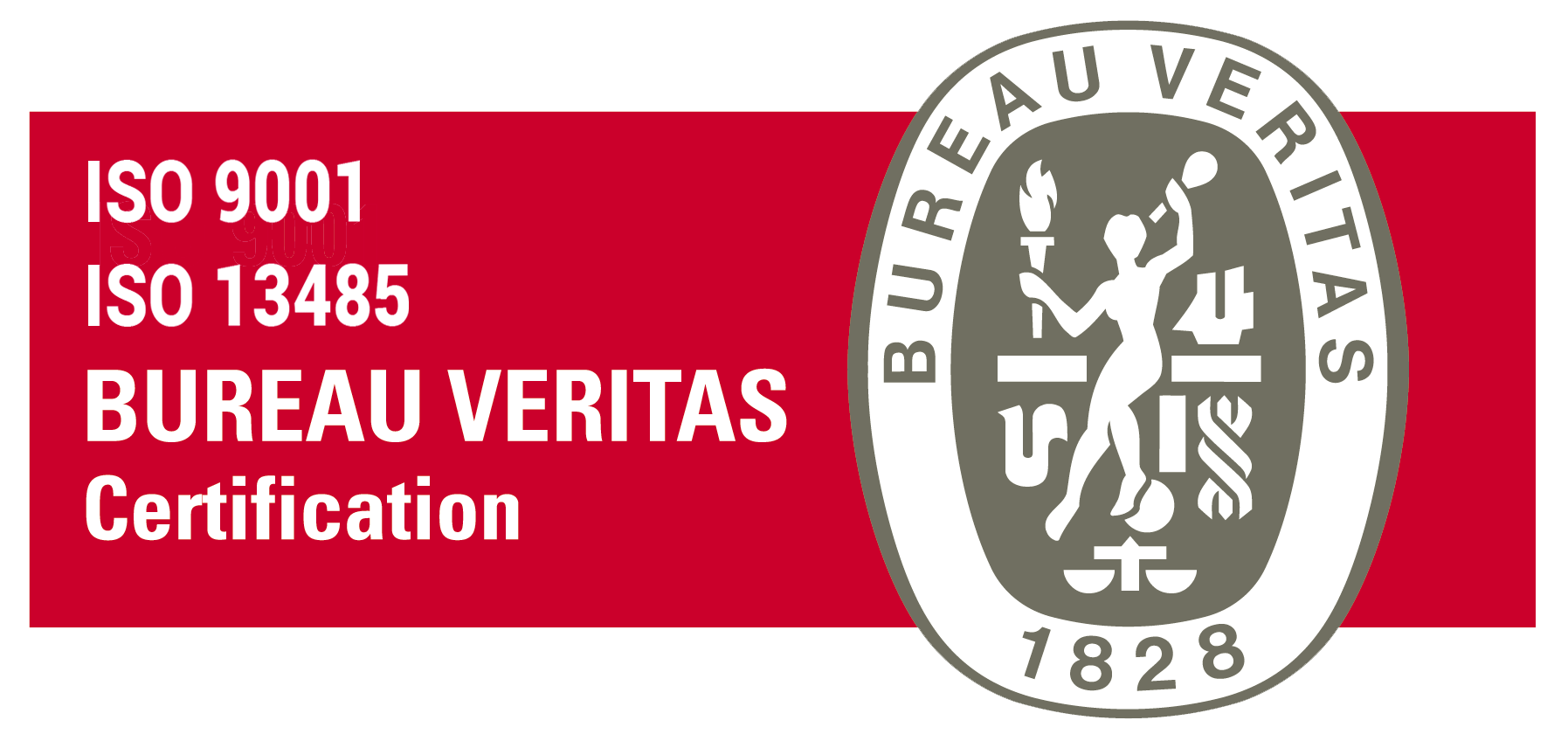Blog
New report published by the World Health Organization (WHO) details the risks of pediatric imaging procedures
Written by : Karen Frangie - 11/05/16 - In Blog
The use of radiation in pediatric imaging saves lives but can present important risks. Technology associated with ionizing radiation such as computed tomography (CT) is used for patient diagnosis. The radiation doses received from CT scans are not only higher than conventional X-rays but also more frequent for children. Because of their anatomical and physiological differences, children are more sensitive to radiation than adults. Thus, inappropriate or unskilled use of such technologies may result in unnecessary exposures that may increase risk of developing cancer.
The new report from the World Health Organization (WHO) outlines the risk of pediatric imaging procedures and raise professional healthcare’s awareness on this topic. According to the report, it is important to communicate the following: “risks can be controlled and benefits maximized by selecting an appropriate procedure, and using methods to reduce patient exposure without reducing clinical effectiveness.”
Thus, a patient dose management solution such as « Radiation Dose Monitor « RDM » would be essential to control these risks in pediatric imaging and increase professional healthcare’s awareness. As testifies by Bouchra Habib Geryes, a medical physicist at Hôpital Universitaire Necker Enfants Malades (AP-HP, Paris’ hospital): “RDM’s customizable statistical analysis tools allow us to easily assess and monitor dosimetric data by exam type and by age or body mass index.”
According to Health Imaging – a leading news website that reflects the clinical, informatics and practice management considerations involved with medical imaging – it is necessary to provide patients and parents information about the risks of radiation exposure in order to improve pediatric radiological care.

